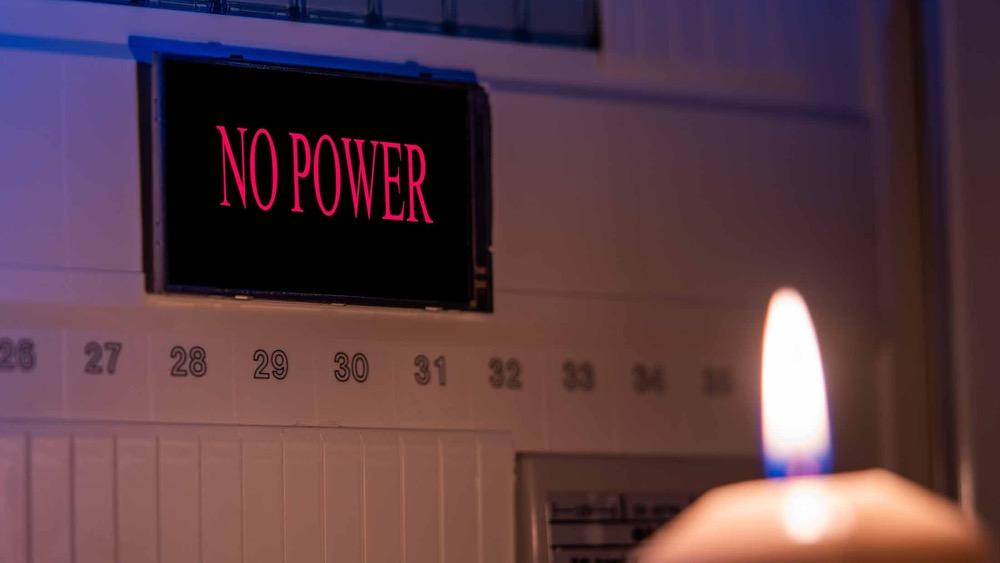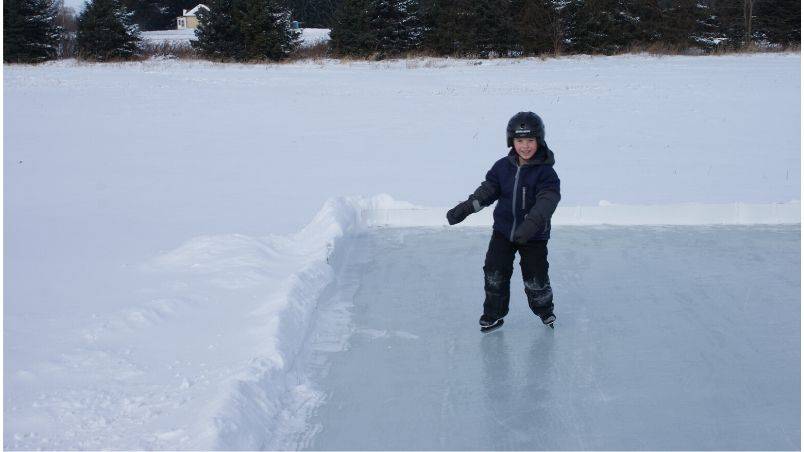The fall of 2013 turned cold the day after the granite was unloaded and tarped, heralding the worst winter of my sixty-one years. But I am getting ahead of myself… This is not only a story about how my masonry heater was constructed, it’s also a love story: a love story involving stone; the endless metaphors it inspires and the simple beauty and warmth involving the ancient relationship of fire and stone.
From the earliest blackened stones in ancient cooking pits to the hot stones used to boil soups in buffalo paunches, humans knew and took advantage of the capacity for heat retention of rocks. Those advantages still ring true today as evidenced by the heat retention in the design of masonry heaters. Many sizes, shapes, and styles have evolved since the early European and Russian models warmed both modest homes and stately castles over five centuries ago.
 Through all the designs and decades, one commonality stands out importantly for me: the masonry heater is the common-sense marriage of beauty and practicality, using stone and fire to provide a cost effective and safe alternative over other, less efficient and sometimes dangerous forms of wood heat.
Through all the designs and decades, one commonality stands out importantly for me: the masonry heater is the common-sense marriage of beauty and practicality, using stone and fire to provide a cost effective and safe alternative over other, less efficient and sometimes dangerous forms of wood heat.
I now use one-third of the wood I used to, thanks to my fully functional masonry heater, even though my home is still under construction. Family and friends enjoy the benefits of wood smoked pizza, baked potatoes, and roast chicken thanks to the built-in bake oven.
While the technology is nothing new, the importance of these heaters remains in this time when the earth desperately requires less dependency on fossil fuels and more self-sufficient reliance on renewable resources. There is also a sense of security in eight tons of rock in the middle of your home that can’t be overlooked. Forging families is what masonry heaters do best…
Why a masonry heater?
After researching wood stoves for over forty years and trying out a wide variety on the market with varying rates of success, I decided that the safest and most practical solution was not going to be the most economical…at least not initially.
Masonry heaters, known in parts of Europe as kachelofens, require open designs on a cement base set to recommended standards and building codes, making them a challenge to retrofit into an existing home. After securing a site within your home for your heater you must do one of two things: 1) find stone masons who can construct either an entire masonry heater from scratch or 2) purchase a masonry core, have it delivered and hire masons to install it and the rest of the heater. I chose the latter.
Finding a mason might seem an easy task but when the building site is miles away from a major centre, it becomes a daunting task. I had replies from many masonry companies but only one company shouldered the challenge of driving the one and one half hours twice a day from Edmonton to our property southwest of the tiny town of Pigeon Lake, Alberta. Faced with some of the worst winter conditions in recent memory, Randy and Derek Kowalchuk of Fiddlerock Masonry did the job, despite Mother Nature’s wintery wrath.
Finding the stone to cover your heater
One of the greatest rewards for treading where you have never tread before is the people you meet along the way! Don from “The Rock Pit” in Red Deer, Alberta is one of those memorable characters. He not only sold me beautiful South Dakota granite at cost, but became my friend in the process. Both he and his wife helped further my dream of a masonry heater by supporting my decisions and urging me to be fussy.
“You gotta live with this, chose the stuff you like no matter how long it takes,” he said. “You are the one who matters here!”
I chose the salmon/ charcoal granite that was off to one side. The spectacular colours were subtle and brazen all at the same time, like a good red wine paired with a fantastic meal and incredible friends. I didn’t realize it at the time, but the choice would cost my masons a lot in time because each long rectangle of granite would have to be sized as each was a different width… A lot of water under the bridge and in this case a lot of fine rock dust on my porch steps and an amazing pile of granite slices…
Most masonry heaters are installed before a house has been completed and usually included in the original blueprints. Luckily, the design of my home included an initial plan for a masonry heater. But the plan had been put on the back burner due to cost. But sometimes taking the cheaper route proves more costly, and our various attempts at home heating cost us twice as much in the long run. Finally, and out of exasperated desperation, I ordered a masonry core to be delivered.
The only snag was the core got misplaced in shipping and got here later than expected. “The best laid plans…” But finally arrived on a chilly fall day. After unloading it from the semi trailer on the edge of our quarter section, my neighbour Bryan’s skidsteer loader carted it to the house with his back wheels hovering 6 inches off of the ground! With the core delivered to my front door by two wonderful fellows, the adventure began.
Fringe benefits of less wood and… the Pizza oven
I was able to sell my chain saw to my new wood supplier who splits, delivers and stacks it for less money than what I could supply myself by cutting logging truck loads. Plus I now use far less wood with the masonry heater to heat the same square footage. I am learning how to use the slow ambient heat release of the granite to my advantage by timing the lighting with the quantity and type of wood in the firebox. I am also thrilled that I can use large misshaped pieces, which I couldn’t fit into my earlier wood stoves and take advantage of a lot of my older dry woodpiles.
But other than the warmth, the safety and the structural beauty, the best advantage of all is the taste of food fresh from the oven! I have learned to watch whatever I put in like a hawk and to not put anything in till all the fire below is out. One safety tip is to make sure all your doors, both the bake oven and wood stove doors, are closed tightly during the burning process, or you will get noxious fumes infiltrating your home.
Would I do it again? Definitely! This was probably the best household decision I have ever made. I was always fascinated with fire and had an early love of stone. Now I have the best of both worlds tied together in a masonry heater.
As Liz Bryan states in her 2005 book, Stone by Stone: Exploring Ancient Sites; “Stone endures, to tell us the stories of the past, stories that echo the myths and legends…” Now I have a voice to tell the stories of the long silent granite gracing my masonry heater. The fire held within the walls of my masonry stove weaves the ancient tales as it crackles and dances throughout the long, cold Canadian winters, renewing our spirits and warming our hearts.
Lesley Schatz is an artist (BFA; ACAD, 2010) and musician with 5 CDs on Bear Family Record’s. As well Lesley studied Cree language and later obtained a Master of Education in Land Based Learning in 2012 from the University of Saskatchewan. A mother of 4 and new Grandmother of two!, Lesley lives on her own farm with her stock guardian dog, Oki.
Her other publications include an academic paper for Community Diversity, An article entitled Home is where the Hearth is for Harrowsmith and several short stories and poems for other publications. Lesley is a songwriter who has had world wide recognition and continues to have concerts as well as art shows.














